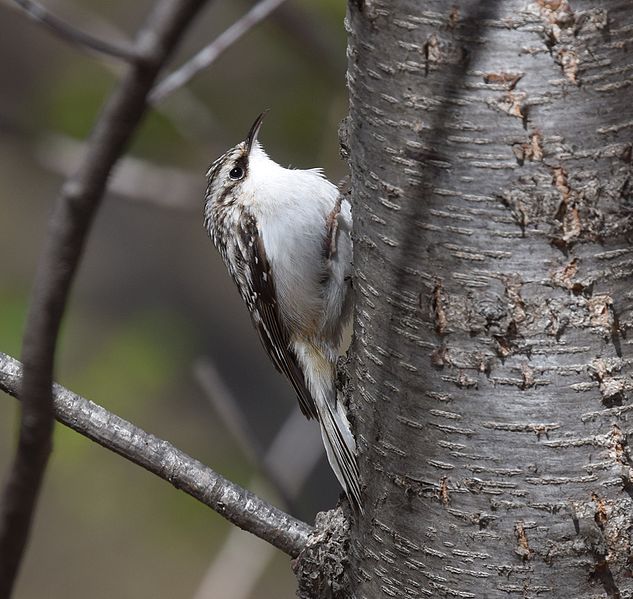Offer
Provide additional details about the offer you're running.
Provide additional details about the offer you're running.
Provide additional details about the offer you're running.

Feature Image By Andy Reago & Chrissy McClarren (Brown Creeper) [CC BY 2.0 (http://creativecommons.org/licenses/by/2.0)], via Wikimedia Commons
These small birds are widely known for their craftsmanship when it comes to constructing their nests. These birds will develop a hammock-shaped nest located in tight places such as behind bark on snags and dead trees. In some parts of their range, they have been noted to construct nests with two openings and often will use one as an entrance and the other as an exit.
Where to Find the Brown Creeper
In most areas in North America, these small birds can be found year-round, with some exceptions in the central United States. On the west coast, these birds can be found in northern Mexico all the way up into southern regions of Alaska. On the east coast, they will winter in southern locales such as Florida and a number of other southern states, but can be found year round on the northeastern seaboard, and most Canadian provinces.
Identification
Tiny and slender are the two best adjectives to describe these small birds. Their long bills and spine-tipped tails give them a rather lengthy appearance. Their plumage is one of a streaky brown with white underparts, helping blend seamlessly into the bark on the trees they can often be found foraging on. If you get close enough, you should notice a buff-like stripe over their eye.
Their bill is elongated and down-curved allowing them to feast on small insects and spiders they find along the trunks of trees and often move in a vertical fashion, starting from the bottom, on tree trunks to located food.

Can you spot the brown creeper?
Image: Mike’s Birds [CC BY-SA 2.0 (http://creativecommons.org/licenses/by-sa/2.0)], via Wikimedia Commons
Your best bet a locating one of these reclusive birds is by listening intently for their one-of-a-kind song. Only males sing, typically only during the mating season, but they have been noted to get vocal during migration as well. Their song is a mix of high-pitched notes that last about 1.5 seconds. Many link the song to sound as if the birds are vocalizing “trees, beautiful trees”.
You can also keep an ear out for their distinctive, but subtle calls which are described as sounding like a small chain being dropped into a heap. They will use these calls throughout the year, so be sure to do your research before heading out into the field, depending on the time of year.
High Quality Blend